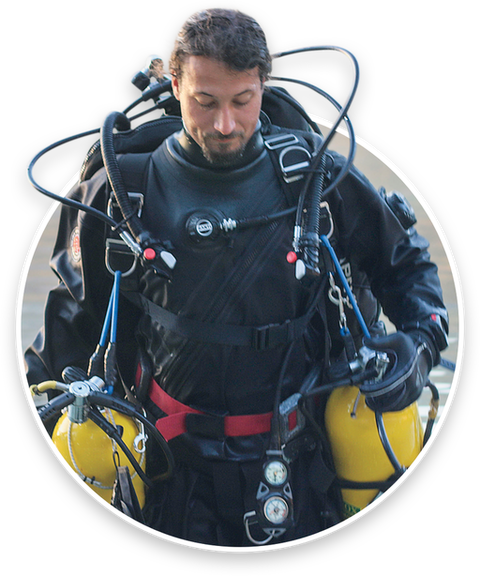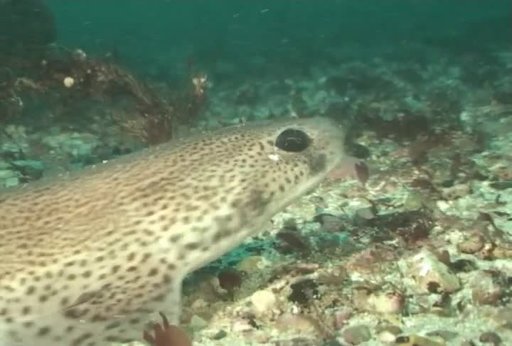AndrejGajićusuallydivesalone.Atnight.Inshallow,murkywater.Hedivesinthissettingbecausethat’swhereandwhenhe’llfindsharks.AndGajićneedstofind sharks.
Gajićismorethanjustadiver.He’saNationalGeographicExplorerandamarinebiologist.Hisgoalistounderstandtheeffectsofpollutiononsharksandskatesandrays(flatfishcloselyrelatedtosharks).Todothisheneedstoworkbothinalabandinthe water.

DifficultDive
ManyofGajić’sdivestakeplaceatNeumBayontheAdriaticSea.It’sahotspotforsharks,rays,andskates.It’salsoagoodplacetoobservethesenocturnal creatures.
ThebottomofNeumBayisonlyabout30meters(98feet)belowthesurface.Thewaterhereisthickwithsedimentandcoloniesofplankton—smallorganismsthatfloatinthesea.Gajiccan’tseehishandsinfrontofhisface.Heletshiseyesadjust.Then,hecanmakeoutsome shapes.
Hisvideocameracarriesapowerfullight.Heswitchesiton.Thenheseesthem.Smoothhoundsharksswimincirclesneartheseabed.Heknowshemustavoidsudden movements.

Gajicexaminesanunbornsmoothoundshark,searchingforsignsof deformities.
Alesserspotteddogfishrestsonthe seabed.
Bewatchful!That’sGajić’sadvice.MostofthemarineanimalsGajićencountershavenointerestinpeople.Theyarenotlikelytoattack.Buthispresencemust
notcausestresstotheanimals.Hepayscloseattentiontothebodylanguageofthesharks.Isheseeinganysuddenmovementstowardhim?No.Thesharksappearcuriousbutnotthreatenedby him.
Astheyswimaroundhim,helookscloselyattheirjawsandteeth.Hestudiestheirgills,skin,andmuscles.He’slookingforanysignsof disease.
Gajićspendsclosetoanhourinthissilentworld.Tohiseye,thesharksappearhealthy.Buttotrulyknow,heneedstolookmuch deeper.
SharksintheAdriatic
Thereare33speciesofsharksintheAdriaticSea.Catsharks,dogfish,andsmoothhoundsarethemostabundant.Thesesharksarefairlysmallandliketostayneartheocean floor.
Intheopenwater,Gajić’steamhasencounteredelegantbluesharks,aswellaslightning-quickmakosharks.Makosmayhaveburstsofspeedupto18.8metersasecond(68kilometersor42milesan hour).
Thethreshersharkhasatailfinthatgrowsupto3meters(almost10feet).Itstunsitspreywithits tail.
Europe
Bosnia-Herzegovina
Adriatic
Sea
Mediterranean
Sea
Neum Bay
Malta
